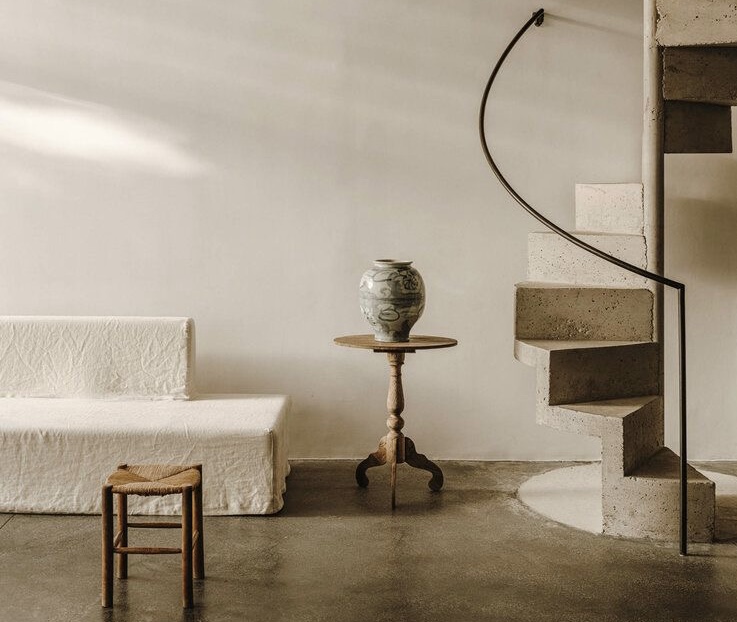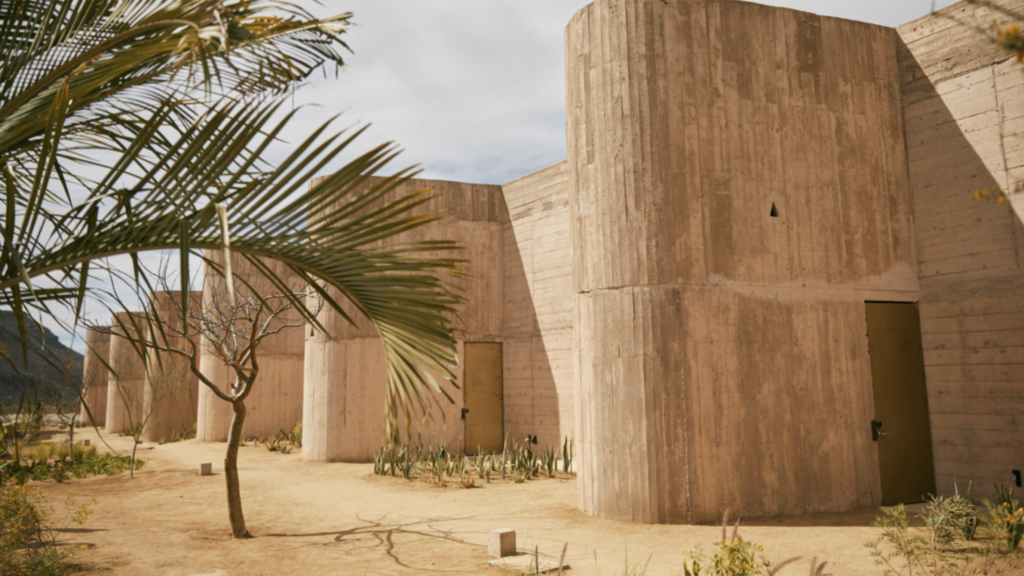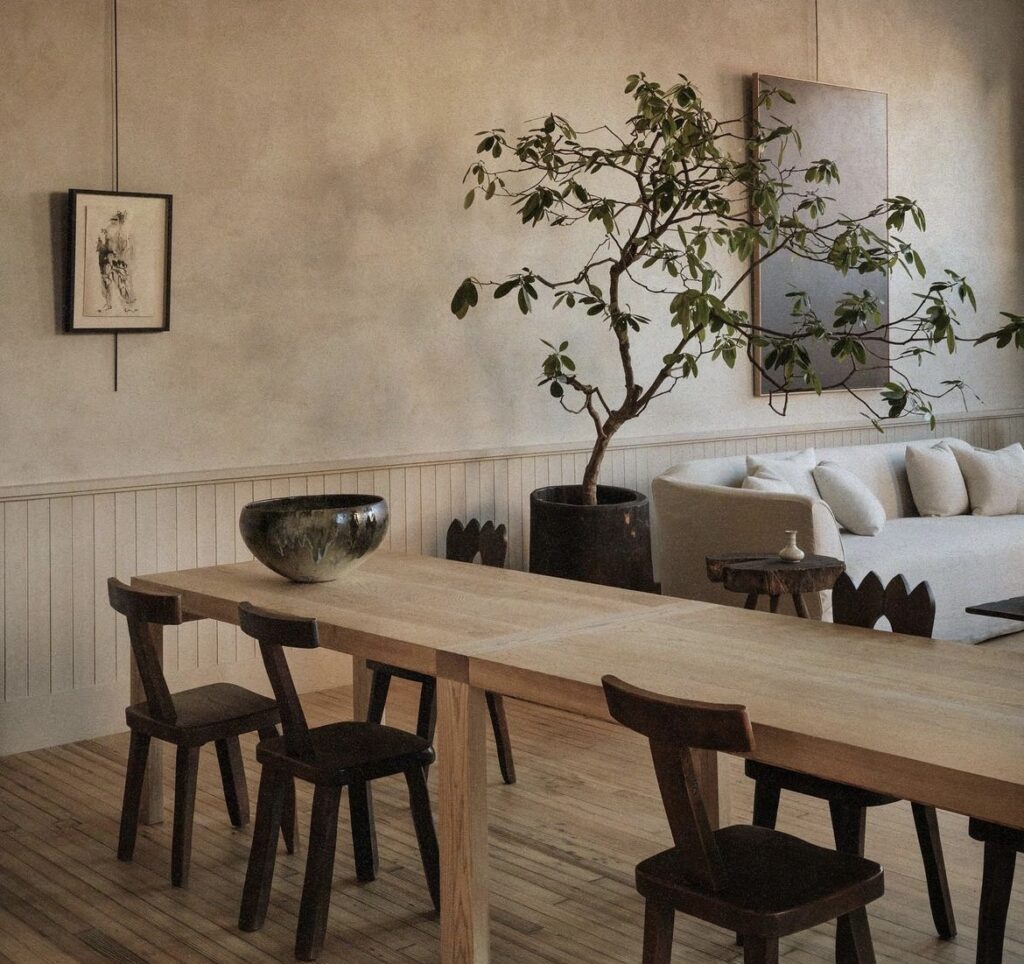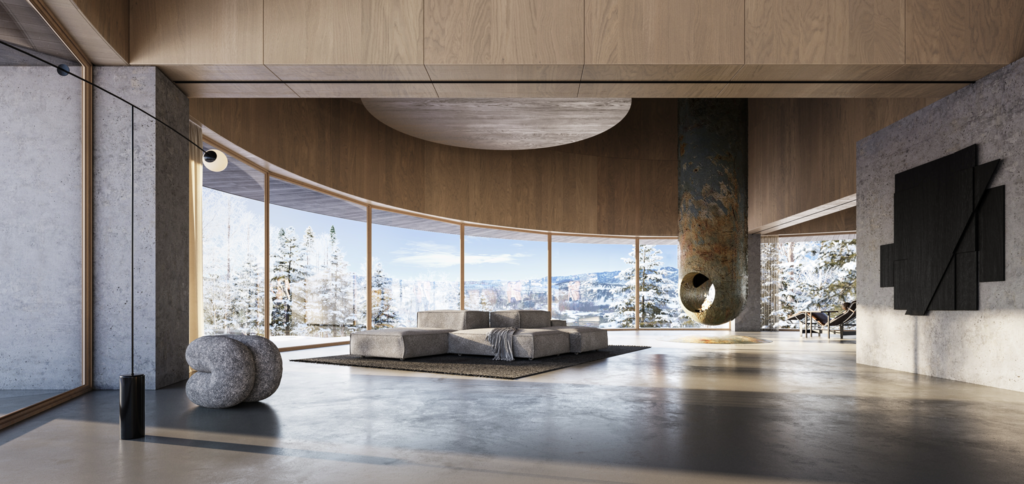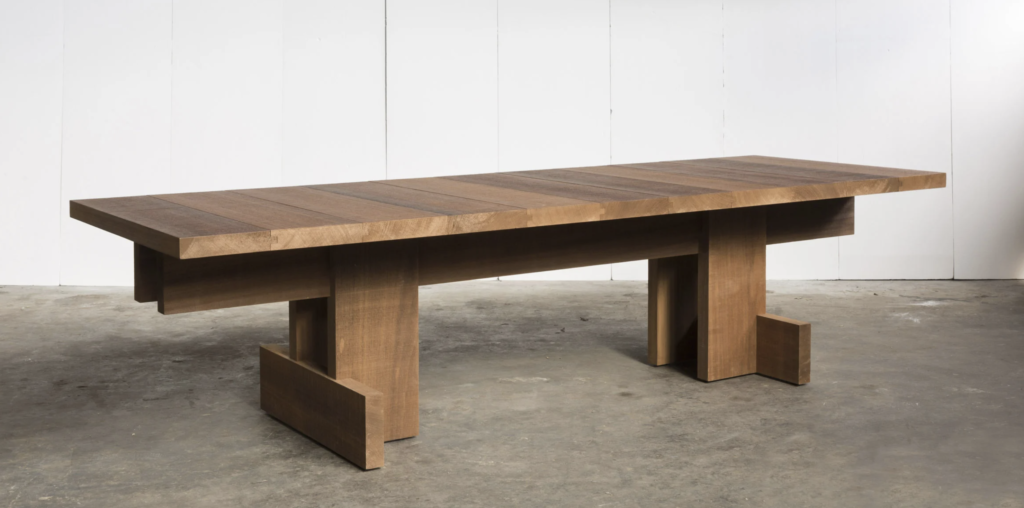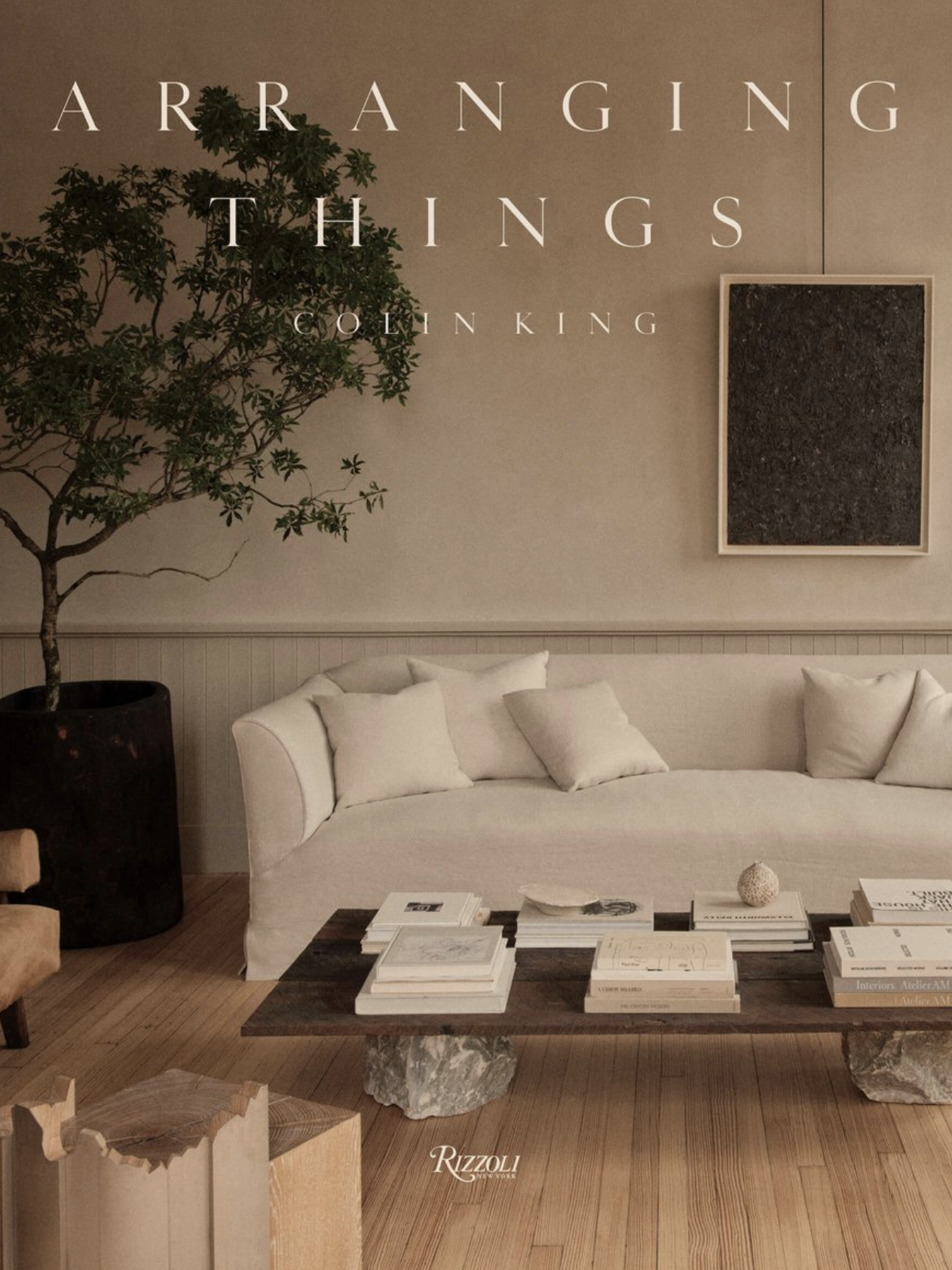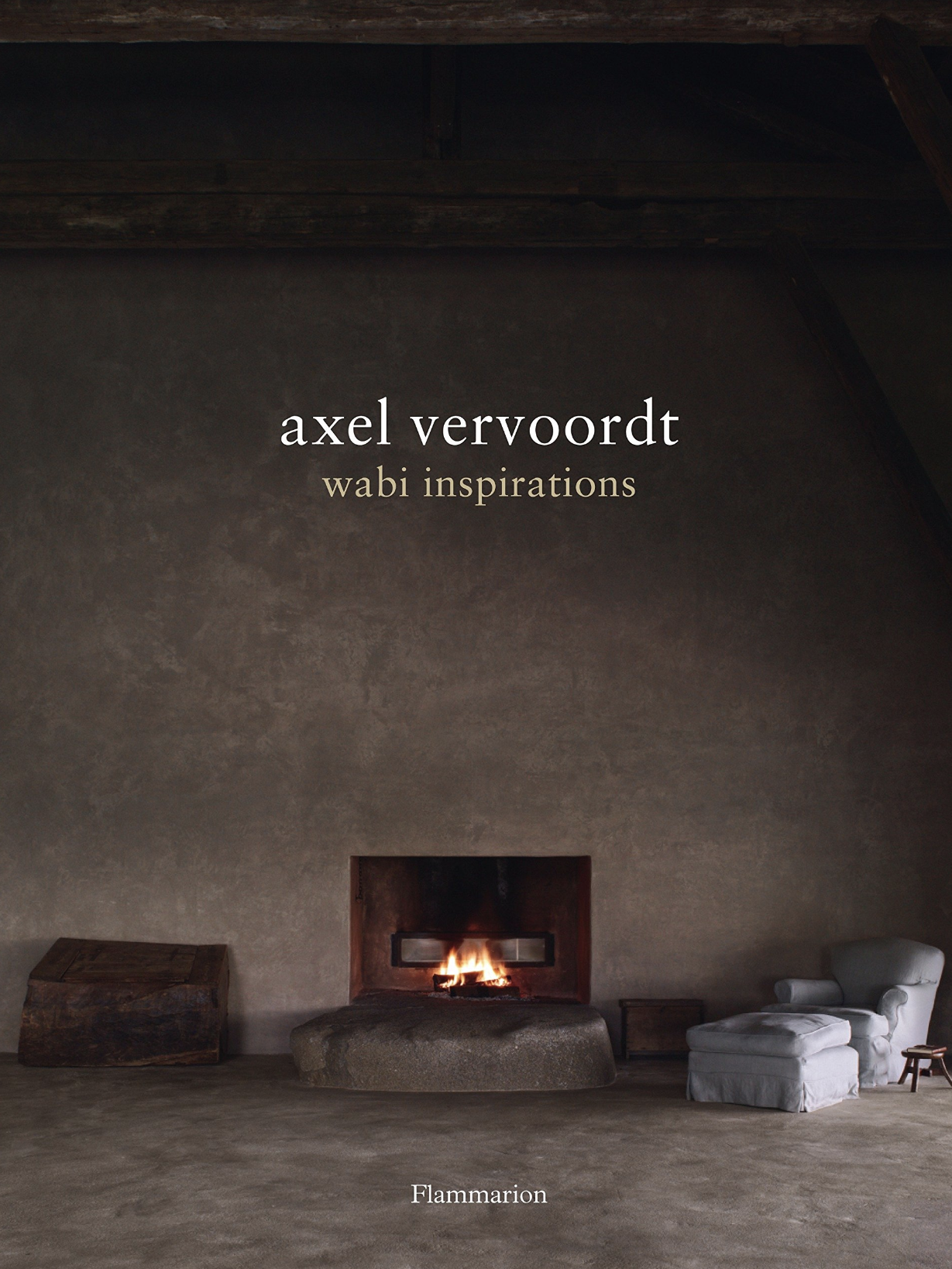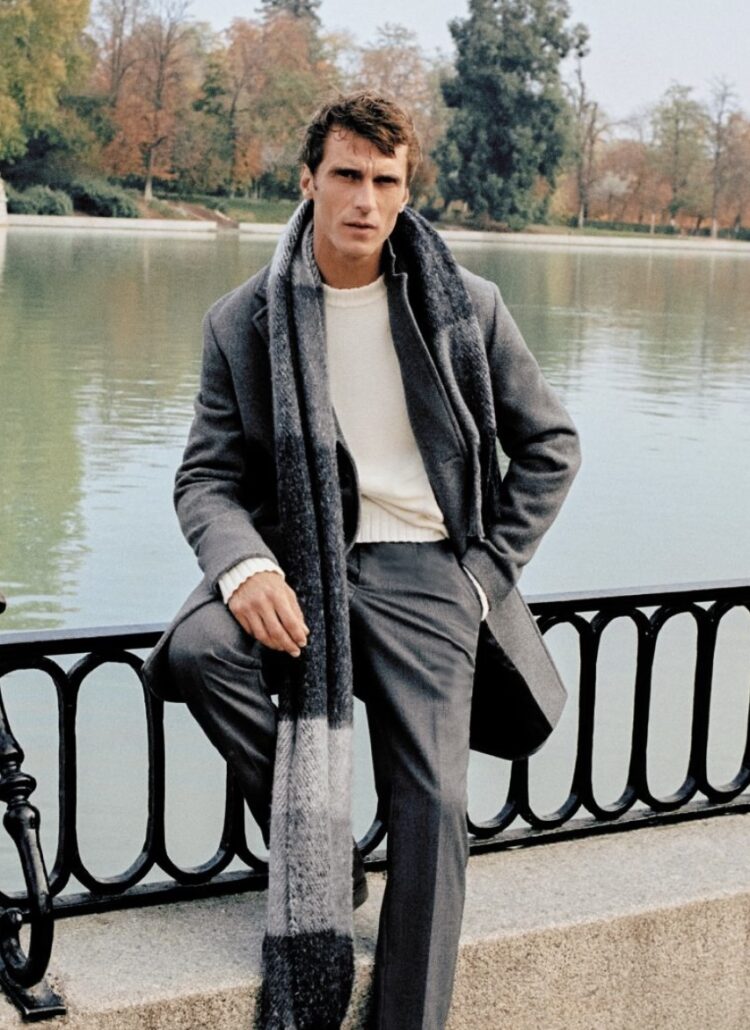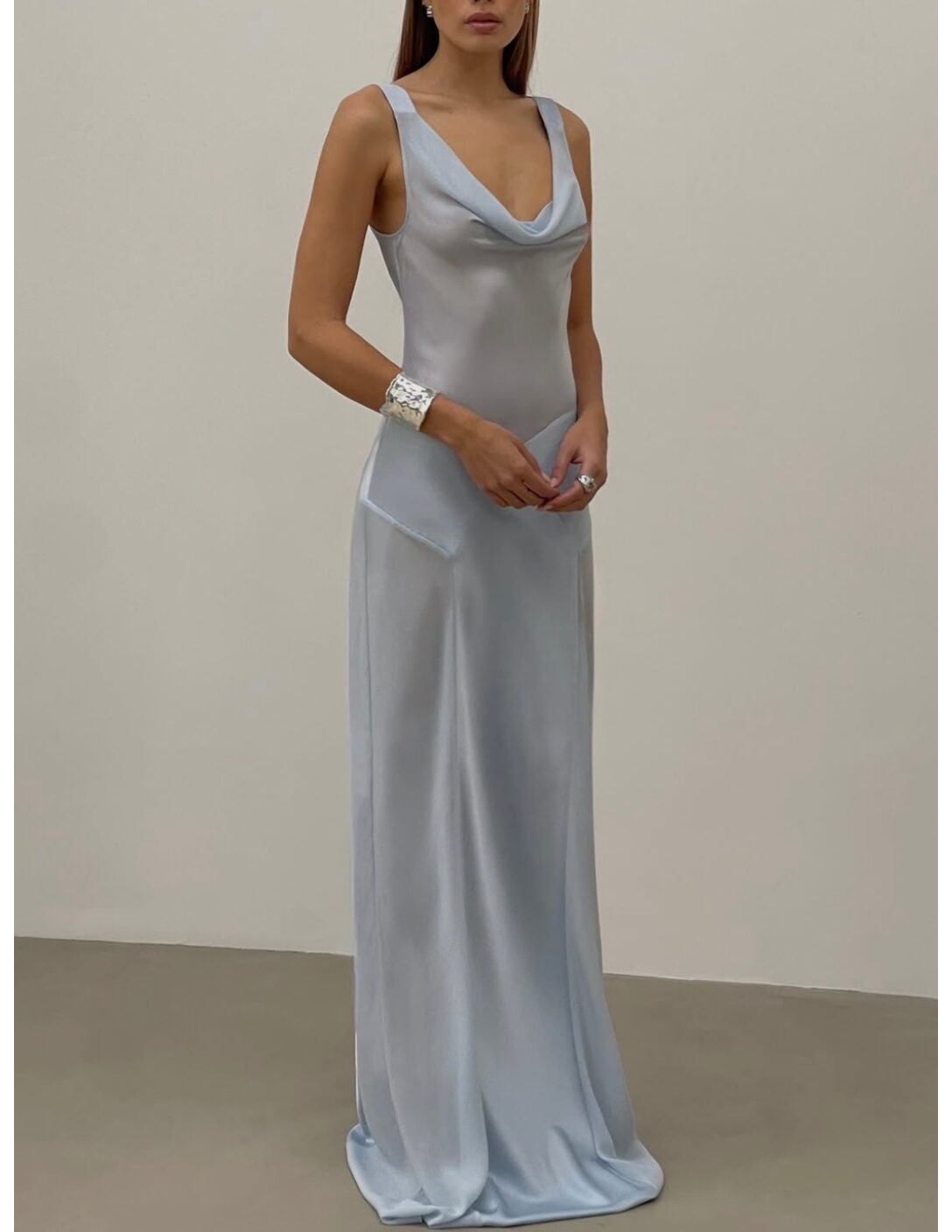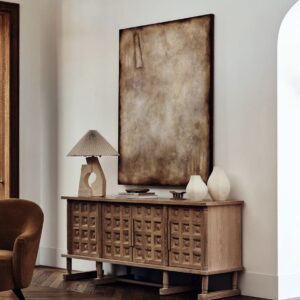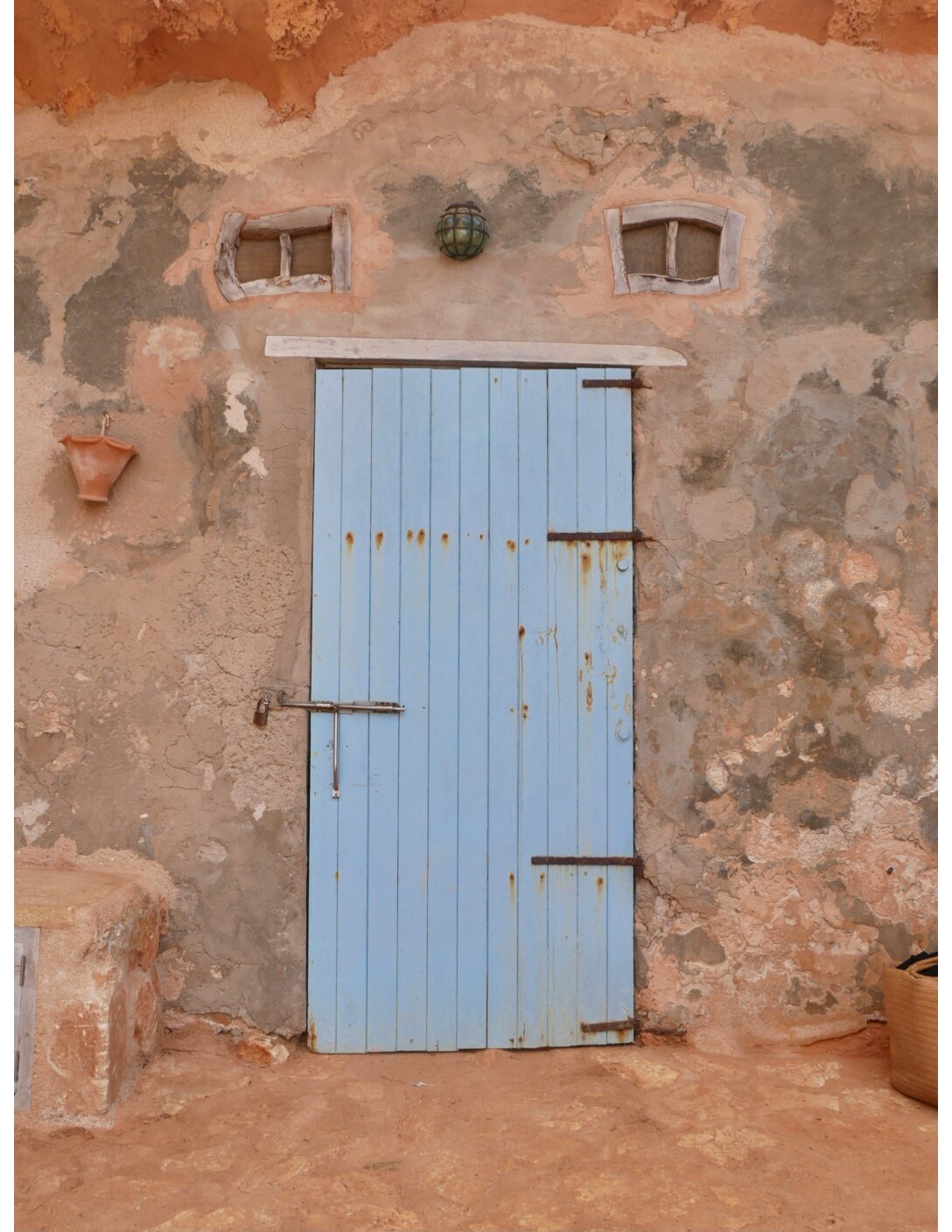The brutalist style of design — a type of architecture that emerged post-war that, above all, embraced the brutal honesty of raw materials such as concrete slabs, steel, and glass. So naturally, buildings and interiors designed of that nature felt pretty cold, harsh, and frankly, uninviting — up until recently.
What is brutalist design today?
Within the past few years, however, the style has been reimagined to, instead, embrace a warmer, more inviting color palette paired with a simple canvas of stone and concrete in true brutalist fashion. But before brutalism evolved into the variety of styles it’s matured into today, its bleak exterior had a purpose.
Originally, the Brutalist movement emerged in the mid-20th century, roughly around the late 1950s after World War II. Its purpose was to create buildings that were honest, functional, and expressive of their materials.
Brutalist architects sought to move away from the decorative excesses of previous architectural styles, such as Art Deco and Beaux-Arts, and instead focus on the essentials of construction.
Typically, brutalist building structures consisted mainly of modular elements with different levels built with concrete construction as the focus. By using concrete as their primary material, architects could create buildings that were structurally sound, easy to maintain, and durable with their use of concrete walls and so much open space. They also embraced the aesthetic qualities of concrete, such as its rawness, roughness, and textures, which also often featured small windows as well as large windows.

Even the name itself referred closely to its characteristics.
What does “Brutalist” mean?
Brutalist, in the context of design style, refers to the use of raw, unrefined, and exposed materials, particularly concrete. The term brutalism comes from the French term “béton brut,” which translates to “raw concrete.”
Brutalist design was often used for institutional buildings and government buildings, such as universities, libraries, and public housing projects, as it was seen as a symbol of progress, modernity, and social responsibility.
And while authentic brutalist architecture has faded over the years, many iconic buildings around the world still stand to celebrate the style today.
The Most Beautiful Brutalist Buildings
1. Geisel Libary in San Diego, CA
Finished in 1970, the Geisel Library, also known as the UC San Diego Central Library, is a Brutalist-style building located on the campus of the University of California, San Diego that was designed by architect William Pereira. Its design features a distinctive seven-story tower and a series of interconnected Brutalist-style structures, with exposed concrete and bold geometric forms.
2. Boston City Hall in Boston, USA
Completed in 1968 and designed by Michael McKinnell and Gerhard Kallmann, Boston City Hall is one of the most recognizable Brutalist buildings in the United States. The building’s raw concrete exterior and stark, minimalist design has made it both beloved and reviled over the years.
3. Paradero Hotel in Baja, México
Finished in 2021, the Paradero Hotel, also known as Paradero Todos Santos, was designed by architects Ruben Valdez and Yashar Yektajo of Yektajo & Valdez Architects. Designed as if carved out of the desert itself, the luxury hotel was inspired by new Brutalism, with its bold and beige concrete structures as if one with the landscape.
4. Hotel Marcel in New Haven, USA
Completed in 1970 and formerly known as the Prielli Building, the now Hotel Marcel was designed by Marcel Breuer. Today, the structure is famously recognized as an icon symbol of Brutalist architectural design.
5. Trellick Tower in London, England
Completed in 1972, Trellick Tower is a 31-story residential tower located in West London. The building’s distinctive profile and raw concrete exterior have made it an iconic modernist example of Brutalist architecture.
6. Wotruba Church in Vienna, Austria
Finished in 1976, the church was built as a striking departure from traditional church structures. The concrete building appears as bold in the interior as it does in its exterior, with common features embracing brutalist architecture.
Now with its modernized yet still minimalist approach, however, the style has been reintegrated into homes everywhere today. Its rise in the younger generation too has supported its emergence into social media platforms like Pinterest. Interior designers and artists, like Colin King and Axel Vervoordt, have been known to style brutalist-inspired home spaces with a few modern twists.
5 Ways the Brutalist Interior Design Style Has Been Modernized
1. Lighter color palettes
While traditional brutalism often features dark and heavy colors, modernized brutalist interiors often incorporate lighter tones and pastel shades, creating a more airy and inviting atmosphere.
2. Mixed materials
Designers are incorporating a mix of materials, such as wood, glass, metal, and concrete, to add texture and depth to brutalist interiors.
3. Modern furniture
Contemporary furniture and decor pieces are often used to add a modern touch to brutalist interiors, while still maintaining the raw and industrial aesthetic of the style.
4. Greenery
Incorporating plants and greenery into brutalist interiors adds a natural element and softens the harshness of the concrete.
5. Lighting
Strategically placed lighting fixtures are used to highlight the raw textures and shapes of the space, creating a dramatic effect and enhancing the overall atmosphere.
What designers use brutalism?
With the modern evolution of Brutalism, the design style has since branched out to other areas, apart from its original focus on architecture. These days, many interior designers and creators like Kelly Wearstler, Colin King, Eric Petschek, Maurizio Bianchi Mattioli, Giampiero Tagliaferri, and Chahan Minassian have been utilizing brutalism to inspire their own projects.
Kelly Wearstler
“I am so inspired by Ricardo Bofill’s colorful approach to brutalist architecture. His utopian creations are so rich and thoughtful.”
Colin King
“There is a purity and simplicity to it. Perhaps it’s the appreciation for contrived forms juxtaposed with raw materials or the desire for something that feels solid and grounding. Brutalism honors the process of designing by exposing its very construction, and I think there’s something fascinating and subversive about that.”
Eric Petschek
“There was a belief in purity of structure and truth in materials that we identify with,” Frazen says of how brutalism factored into his design.”
Maurizio Bianchi Mattioli
“There’s something to be said about the zeitgeist of brutalism’s heyday—there was this heightened aspiration for the future and collective optimism around what that might look like.”
Giampiero Tagliaferri
“Compared to the past, the new brutalist style conveys a softer approach that incorporates natural elements like wood, stones, plants, and sustainable materials, resulting in a warmer and more welcoming aesthetic.”
Chahan Minassian
“There’s a link — and the tension between the pieces, or the juxtaposition between the pieces, is what creates something interesting. The intensity of their craftsmanship and beauty are suddenly coming to life again and creating a new environment.”
So where has the modern Brutalist style been showing up?
Architecture
While the original Brustalist style focused on architecture, with its blunt angles and sharp edges, today’s modern Brutalist style has now adopted the use of curved, geometric shapes. The contemporary Brutalist architecture design also now works with new materials, such as glass and steel, alongside that original raw concrete. Contemporary Brutalist buildings now often feature organic forms and a focus on sustainability, classified today as eco-brutalism.
Interior Design
Modernized brutalist interiors combine raw and industrial elements with softer textures and colors. Designers often incorporate natural materials like wood and stone to balance the harshness of the concrete.
Furniture Design
Brutalist furniture design emphasizes strong geometric forms, often featuring exposed concrete and metal. Modernized Brutalist furniture also incorporates natural materials and softer textures.
Fashion
The Brutalist style has inspired fashion designers to create bold and striking clothing and accessories. Designers often use industrial materials, such as metal and leather, to create avant-garde fashion pieces.
Product Design
Modernized Brutalist style has also been used in product design, such as lighting fixtures with bold shapes and home accessories. These products often feature raw materials and strong geometric forms.
Brutalist Graphic Design
Web brutalism is one of the graphic design trends that emerged in the mid-20th century and is characterized by its rough, unpolished, and utilitarian aesthetic. The popular style is often associated with the design of government and institutional materials, such as signage, manuals, and forms, but has also been used in advertising, book design, and other areas of graphic design.
Despite its austere and utilitarian appearance, graphic brutalist elements, like neobrutalism, of the design style have a strong visual impact and has had an influential impact on the field of graphic design.
Overall, the modernized brutalist style is a versatile design approach that can be adapted to a wide range of design fields. It is often characterized by a raw and industrial aesthetic that is balanced with organic forms and natural materials.
BOOKS WITH BRUTALIST INTERIORS
Now over time, as the brutalist style continues to emerge in contemporary design over the years, you may notice the use of “brutalist” vs “brutalism.”
What’s the difference between “brutalist” and “brutalism?
“Brutalist” is an adjective used to describe an architectural style characterized by the use of raw concrete, exposed construction elements, and a sense of monumentality.
“Brutalism” is the broader term that refers to the movement in architecture that emerged in the mid-20th century.
In short, “brutalist” is an adjective used to describe individual buildings, while “Brutalism” is a term used to describe a broader architectural movement or style.
Like so many design styles before it, brutalism has continued to evolve from its original form. And no matter how many forms it takes, we’re refreshed to see that the style’s buried beauty hasn’t been lost.
From its study of raw materials and historic origin, we look forward to future design styles taking inspiration from this iconic style.
The opinions expressed on this platform are solely those of the individual(s) providing them, and do not necessarily reflect the views or opinions of any organization, employer, or other group with which they may be affiliated. Furthermore, all images used on this platform are sourced from third-party websites and are not the property of the individual(s) providing the opinions. Any copyright infringement or intellectual property claims related to these images should be directed to the appropriate third-party owner or representative.
